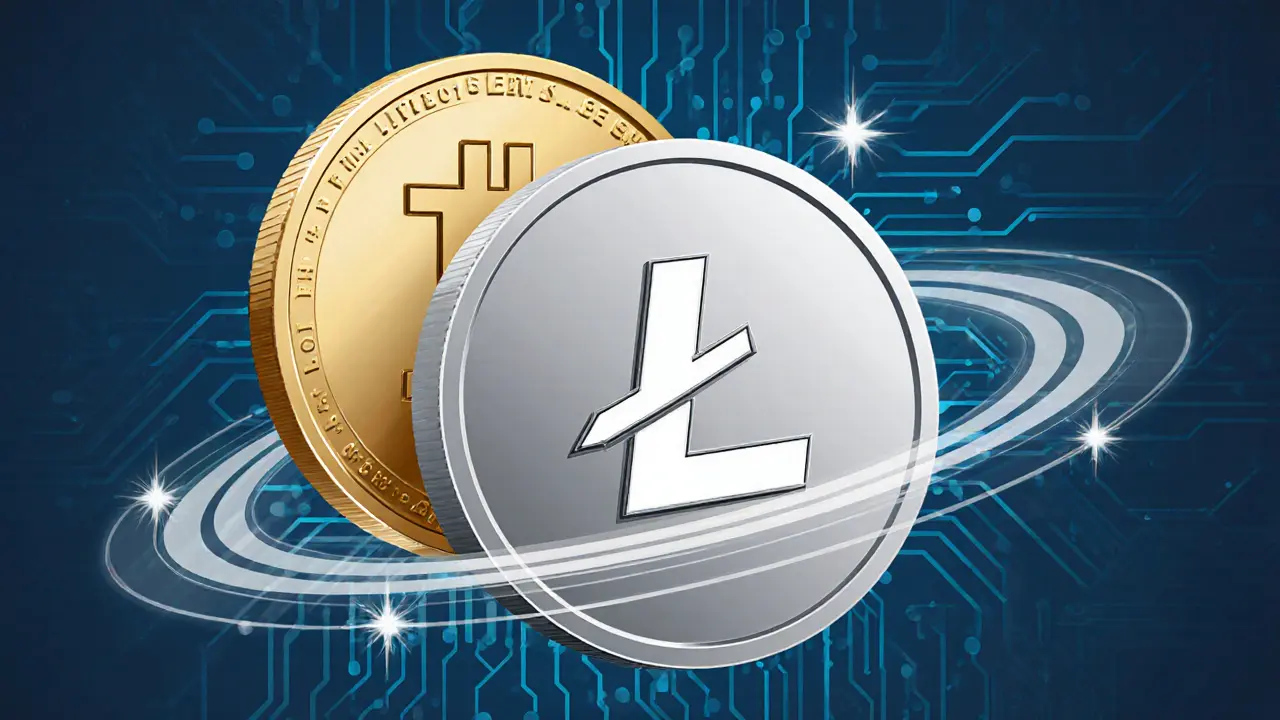Digital Silver: Tokenized Silver and the Future of Crypto Commodities
When you hear Digital Silver, a blockchain‑backed representation of physical silver that can be bought, sold, and moved instantly. Also known as silver‑backed token, it blends the stability of a precious metal with the speed of crypto. digital silver isn’t just another altcoin; it’s a commodity‑grade asset that lives on a public ledger, offering transparency, fractional ownership, and 24/7 trading. In simple terms, think of it as owning a piece of a silver bar without having to store the metal yourself. This concept sits at the crossroads of finance and technology, opening doors for investors who want metal exposure without the hassles of vaults or brokers.
Why Digital Silver Matters
Understanding Tokenized Assets, digital representations of real‑world items like gold, real estate, or art on a blockchain is key to grasping digital silver’s potential. Tokenized assets enable fractional ownership, cut down transaction costs, and provide immutable proof of ownership. Stablecoins, cryptocurrencies pegged to a stable value such as a fiat currency or commodity influence digital silver by showing how a reliable backing can boost confidence in crypto. While stablecoins often tie to dollars, a silver‑backed token offers a tangible, inflation‑resistant hedge, appealing to investors wary of fiat debasement. Crypto Exchanges, platforms where users can trade digital assets, provide liquidity and price discovery for tokenized metals are the gateways that let you move digital silver in and out of your portfolio. Together, these entities create a ecosystem where digital silver encompasses tokenized assets, requires blockchain infrastructure, and benefits from the regulatory clarity that stablecoins are pushing forward. If you’re wondering how a metal can be as easy to trade as a meme coin, the answer lies in this tightly knit network of technology, finance, and market platforms.
From a practical standpoint, digital silver offers several advantages. First, settlement happens in seconds, not days, because the blockchain records ownership instantly. Second, you can buy as little as $1 worth of silver, which democratizes access to an asset traditionally reserved for high‑net‑worth investors. Third, the token’s supply is usually audited against physical reserves, so you get a clear link between the digital token and the metal stored in a vault. On the flip side, you still need to consider custody solutions, exchange security, and the regulatory environment that varies by country. That’s why many posts on our site dive into topics like crypto licensing, exchange reviews, and jurisdiction‑specific rules—knowledge that directly affects how safely you can hold and trade digital silver. Whether you’re tracking the latest airdrop, checking tokenomics of a new silver‑backed project, or reading about compliance in India, the collection below gives you the tools to make informed decisions.
Ready to see how digital silver fits into the broader crypto landscape? Below you’ll find up‑to‑date guides on regulation, exchange safety, tokenomics, and real‑world use cases—all curated to help you navigate this emerging market with confidence.

Litecoin (LTC) Explained: What It Is, How It Works & Future Outlook
Oct 12, 2025, Posted by Ronan Caverly
Litecoin (LTC) is a fast, low‑fee cryptocurrency created by Charlie Lee. Learn its tech, market status in 2025, MWEB privacy upgrade, and future outlook.
MORESEARCH HERE
Categories
TAGS
- decentralized exchange
- crypto exchange review
- cryptocurrency
- crypto coin
- CoinMarketCap airdrop
- smart contracts
- tokenomics
- cryptocurrency exchange safety
- crypto exchange
- cryptocurrency airdrop
- crypto airdrop
- cryptocurrency exchange
- crypto airdrop guide
- blockchain token distribution
- DeFi
- crypto exchange scam
- crypto airdrop 2025
- Ethereum
- cross-chain interoperability
- ERC-20
